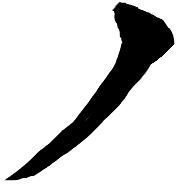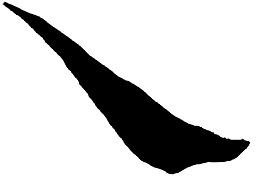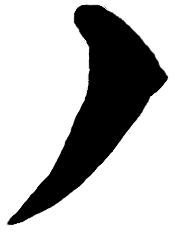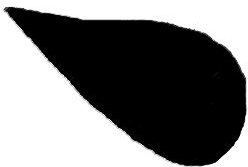Learn the Basics of Chinese Calligraphy Including the 8 Main Brushstrokes
Calligraphy, the Chinese art of writing, originally had a more practical than aesthetic purpose. It was intended to express the written form in a correct, legible, concise and contextual manner. The aesthetic part, by no means unimportant, came next. To be a good calligrapher, one needed not just a well-honed skill with the brush, but also a deep knowledge of various artistic, cultural, social, political and philosophical matters. The more well-rounded the calligrapher, the better the calligraphy.
Features of Chinese Calligraphy
- The Chinese language has over 50,000 characters; out of these, around 6000-7000 are commonly used in everyday life.
- Each character or character combinations represent a word or a concept; changing one character from a combination could change its entire meaning.
- The characters are written using combinations of eight basic strokes.
- The strokes are written in a specific stroke order.
- Rhythmic, balanced strokes as well as correct character structure are important.
- Chinese script is written mainly in regular, cursive, semi-cursive, clerical and seal script styles.
Rules
- Begin with the upper part of the word and then move downward
- Begin with the left part of the word and then move rightward
- Make horizontal strokes before you make vertical strokes
- Make diagonal strokes to the left before you make diagonal strokes to the right
- Finish everything inside the box before you close it.
Implements Used
For getting started with Chinese calligraphy, you will need:
An Ink brush - You can buy Chinese brushes in an art store. Traditionally, Chinese calligraphers used brushes with handles of bamboo, wood, ivory, bone, glass, gold and silver. The brush was made from hair - rabbit, tiger, deer, pig, etc. - or bird feathers - chicken, duck, etc. You can also use a calligraphy pen, but calligraphy with brush is considered more virtuoso.
Paper - You can buy thin rice paper in an art store. It might be best though to practice first on a cheaper quality paper. Traditionally, the Chinese used paper made from rice, bamboo, mulberry and hemp. The best quality came from the Anhui province in China.
Ink - You can buy Chinese black ink in an art store. Traditionally the Chinese used inksticks made from lampblack and binders - the inksticks were rubbed with water on ceramic or stone inkstones until black ink of the required consistency was obtained.
Paperweight - for holding the paper down. Traditionally, the Chinese used many different types and beautifully carved paperweights.
Seals - These are used to sign the work once it is done. Red ink is usually used for a signing seal.
Deskpad - These are used by students and have grids that, when placed under the paper, can be used as reference for getting the size of the characters right.
Brush Position and Brushstrokes
The way the brush is held:
- The brush is usually held vertically, gripped with the thumb and middle finger with the index finger, the ring finger and the little finger providing a balance.
- The brush can also be held like you would hold a pencil or a pen.
- The brush may be gripped higher for large or cursive script, or lower for small or regular script.
The main basic strokes are:
- Dot Stroke
- Dash or Horizontal Stroke
- Perpendicular or Vertical Downstroke
- Diagonal Leftward Stroke
- Diagonal Rightward Stroke
- Hook Stroke
- Leftward Downstroke
- Rightward Upstroke
The Eight Basic Brushstrokes







